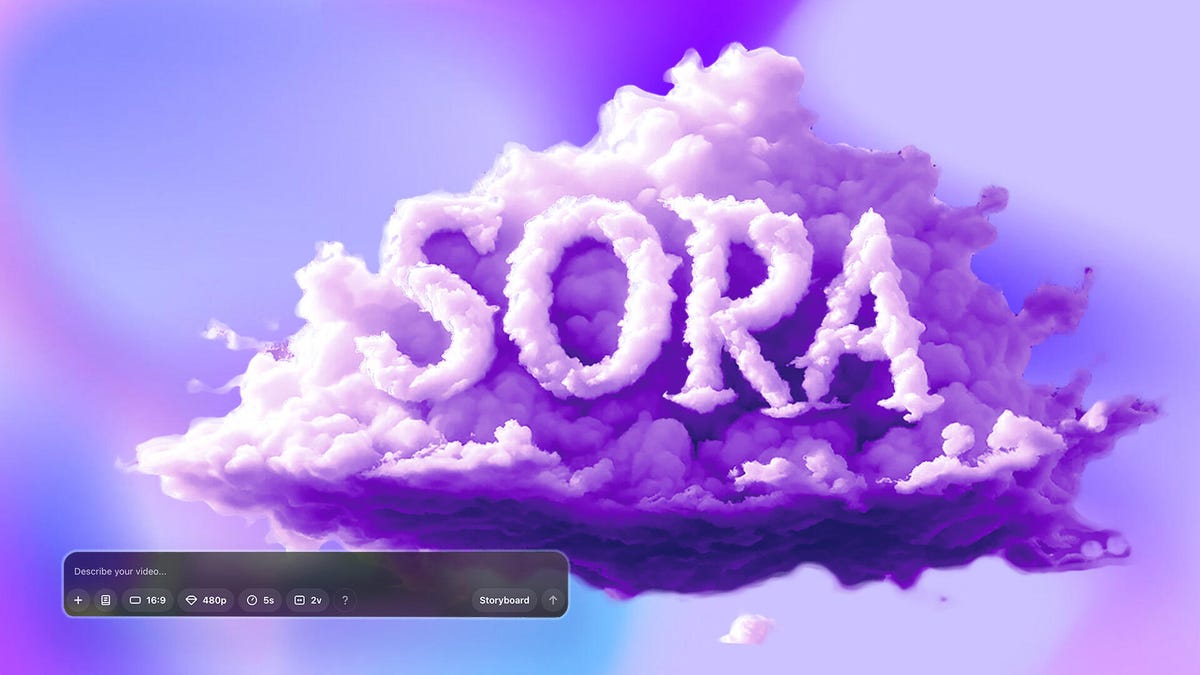OpenAI Launches Sora: An AI-Powered Social Video Platform

Key Points
- Sora is OpenAI's AI‑driven social video app modeled after TikTok.
- Users can like, comment, share, and filter videos by mood or connections.
- The Cameo feature lets creators upload their likeness for others to use in AI videos.
- Sora 2 generates videos in 2 to 5 minutes and handles complex prompts with improved reasoning.
- Watermarks and metadata tags identify AI‑generated content, but concerns about deepfake misuse persist.
- The app lacks built‑in editing tools, requiring users to regenerate videos for changes.
- Energy use and potential misinformation are highlighted as major criticisms.
OpenAI introduced Sora, a social media app built around AI‑generated videos. The platform lets users scroll an endless feed, like, comment, and share clips created with the upgraded Sora 2 model. A standout feature is “Cameos,” which allows creators to upload their likeness and permit others to generate deep‑fake style videos featuring them. The app includes safeguards such as watermarks and metadata tags that indicate AI origins, yet it raises concerns about the ease of producing realistic deepfakes, potential misuse, and the environmental impact of generating high‑quality video content.
Overview of Sora
OpenAI’s new app, Sora, is designed as a TikTok‑style feed that showcases videos generated entirely by the company’s Sora 2 model. Users interact with the feed through familiar actions such as liking, commenting, and sharing, while also having the option to filter content by friends, followings, or even mood.
Cameo Functionality
The most distinctive element of Sora is the “Cameo” feature. When users create an account, they can upload their own likeness and decide whether to allow other members to use that likeness in AI‑generated videos. The result is a deep‑fake style capability that lets anyone place a person’s face into a wide range of scenes, from mundane to absurd. The app’s moderation filters block certain high‑profile celebrity requests, but other users have found ways around those limits.
User Experience and Content Quality
Sora 2 excels at dialogue and can generate coherent scripts on the fly, allowing users to prompt the model with simple instructions such as “Altman sings a ballad about inference costs.” Video generation typically takes between 2 to 5 minutes, reflecting the higher processing demand of the more sophisticated model. The output is described as clear‑audio, error‑free text, and visually realistic, though occasional tell‑tale signs like odd jump cuts or overly smooth skin can appear.
Concerns and Controversies
Despite the novelty, Sora raises several concerns. The ease of creating realistic deepfakes, even with watermarks and metadata tags, fuels worries about misinformation and the potential for malicious use. Energy consumption is another point of criticism, as generating high‑quality AI video is resource‑intensive. Users also note the lack of built‑in editing tools, meaning they must regenerate a video to make adjustments, which can be frustrating.
Impact on Social Media Landscape
Sora exemplifies the growing convergence of AI generation and social media, offering both creative possibilities and ethical challenges. While the platform promises to “bolster human connection,” early impressions suggest that the novelty may wear off quickly, leaving users with content that feels both entertaining and unsettling. The app’s watermark and disclosure mechanisms aim to maintain transparency, but the broader implications for trust in online video remain uncertain.